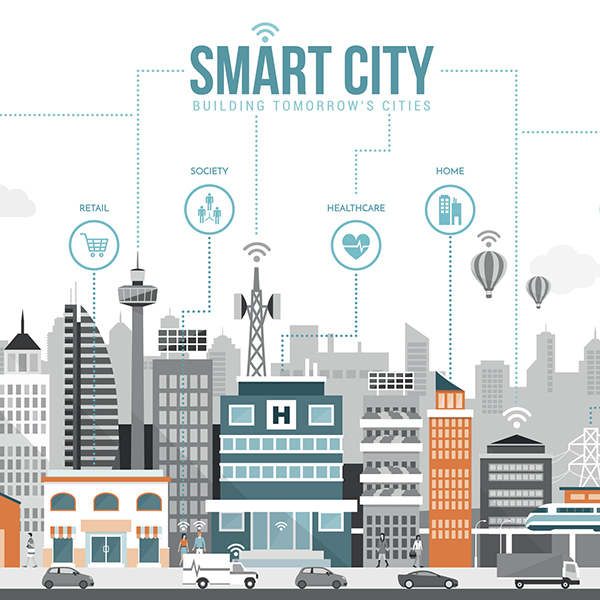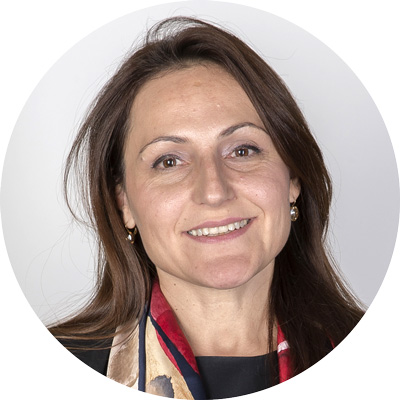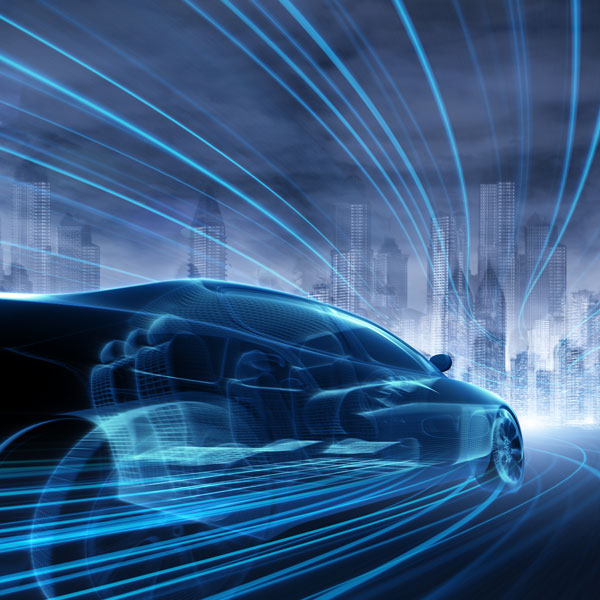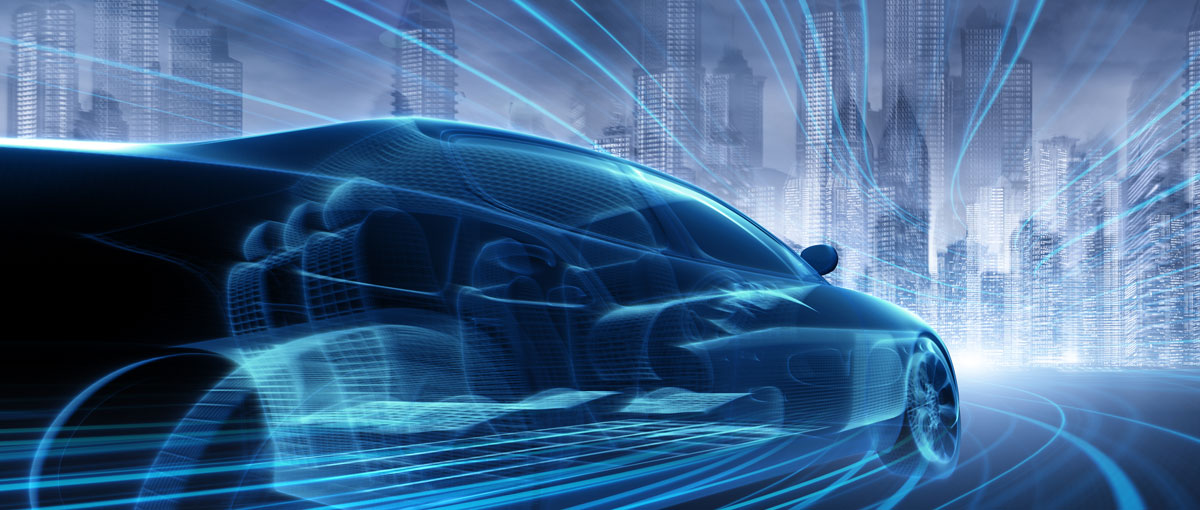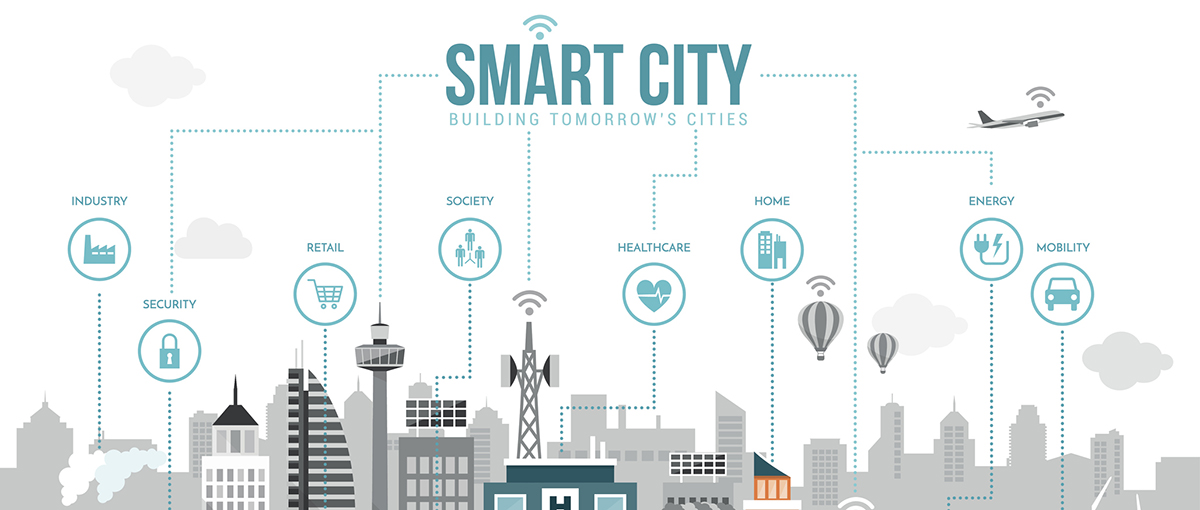
Time goes by so fast! I can’t believe it was 2 years ago when I decided to start this distance learning program at MIP Politecnico di Milano, and today we are nearing the end. Behind the difficulties and challenges faced when working and studying simultaneously, needless to say, I will miss this great experience when it’s over. As Henry Ford said in one of his statements, “Anyone who stops learning is old, whether at twenty or eighty. The greatest thing in life is to keep the mind young.”
Now it’s time to connect the dots. The ultimate goal of this study program is to inspire and empower students to think big, even when facing minor customer needs. The final project work is organized as teamwork, requiring us to prepare a genuine business plan for a new business concept or start-up. We were asked to create individual project ideas to be presented at a sales pitch event, in front of all our classmates, with the scope to “sell” the most attractive ideas and thereafter to form working groups, based on individual preferences and backgrounds suitable for each project proposal. I was in doubt as to whether to choose a topic in banking and finance, which is my area of expertise or to get out of my comfort zone. I decided on the second option. I had this opportunity to enlarge my knowledge about the ‘smart city’. Despite being a buzzword, the topic has attracted me a lot recently, because of the wide variety of new opportunities it represents for individuals and businesses.
Increasingly, cities are acting on smart digital information and communication technologies to meet many urban challenges such as the environment, good governance, mobility, prosperity and growing population, by several means of collaborating, innovating, saving, integrating, participating and simplifying. Within this huge field of study, I chose to focus my project work on the smart parking platform, part of the city’s smart mobility. Two other classmates volunteered to join the project and together we are still working on the technicalities to define the most appropriate customer value proposition.
Fast emerging technologies such as GPS, IoT, cloud software, wireless sensor networks, radio frequency identification and digital cameras, combined with the wide use of Smartphones, allow for the development of easy wayfinding applications by generating real-time data on the occupancy of parking places. This data can be used by drivers through a mobile application to easily navigate to the nearest available space. On the other hand, this information might be used by the municipality to further optimize the city’s traffic and parking pricing policies. Designing the right value proposition and generating a new business model that fits with the ecosystem are key success factors for entrepreneurs around the world.
When studying the industry and existing technologies, we came across plenty of innovative projects, systems and applications developed to address this topic, but unfortunately, it seems that most of them have not yet been successfully implemented. It seems that very few drivers can really benefit from smart parking around the world. The reason behind this is the fact that each city is different and develops its own smart city vision to meet specific needs and challenges. San Francisco (SFpark) and Los Angeles (LA Express Park) are reported as being two of the most famous successful stories (Lin, Rivano, Le Mouël 2017).
To make a concrete business proposal, we are studying the city of Tirana, the capital of Albania. Although the reported number of vehicles per inhabitant is the lowest in the region, Tirana has the highest population density per square kilometre or five times the average of the country. As there are no or few direct profits linked to the service of smart parking in available parking spaces, our main focus is to reduce capital investments in the choice of smart parking technologies. The main objective of this project work will be to improve and facilitate the driver’s experience when parking in public spaces by using information gathered by users, with the scope to reduce investment cost. Among other technologies, we are assessing some emerging parking information dissemination systems, such as crowdsensing, peer-to-peer communication, multi-agent systems, parking meter networks, etc.
The new term ‘crowdsensing’ has emerged to present those smart parking applications, which are using crowdsourcing as a tool to gather parking information from Smartphone users. The accuracy of the information will rely on the drivers’ participation. Further, some algorithms like fuzzy logic and time series might be used to predict parking occupancy information based on historical or sample data, to improve the accuracy of information provided to participating users. The capital investment, in this case, is very minimal as there is no need for hardware installations or maintenance. But the challenge is how to motivate drivers and persuade them to participate, to update occupancy details of parking spaces every time they park their vehicle, by designing and proposing the most valuable and efficient value proposition to the city’s smart drivers.
About the author
|
|
Elivar Golemi
Elivar Golemi is an Albanian candidate at MIP International Flex EMBA. She is working as an Executive Director in the dairy industry, after a long experience in the banking system. Skilled in Financial Analyses, Risk Management and Internal Audit. Nature lover, passionate photographer and mountain climber. |
